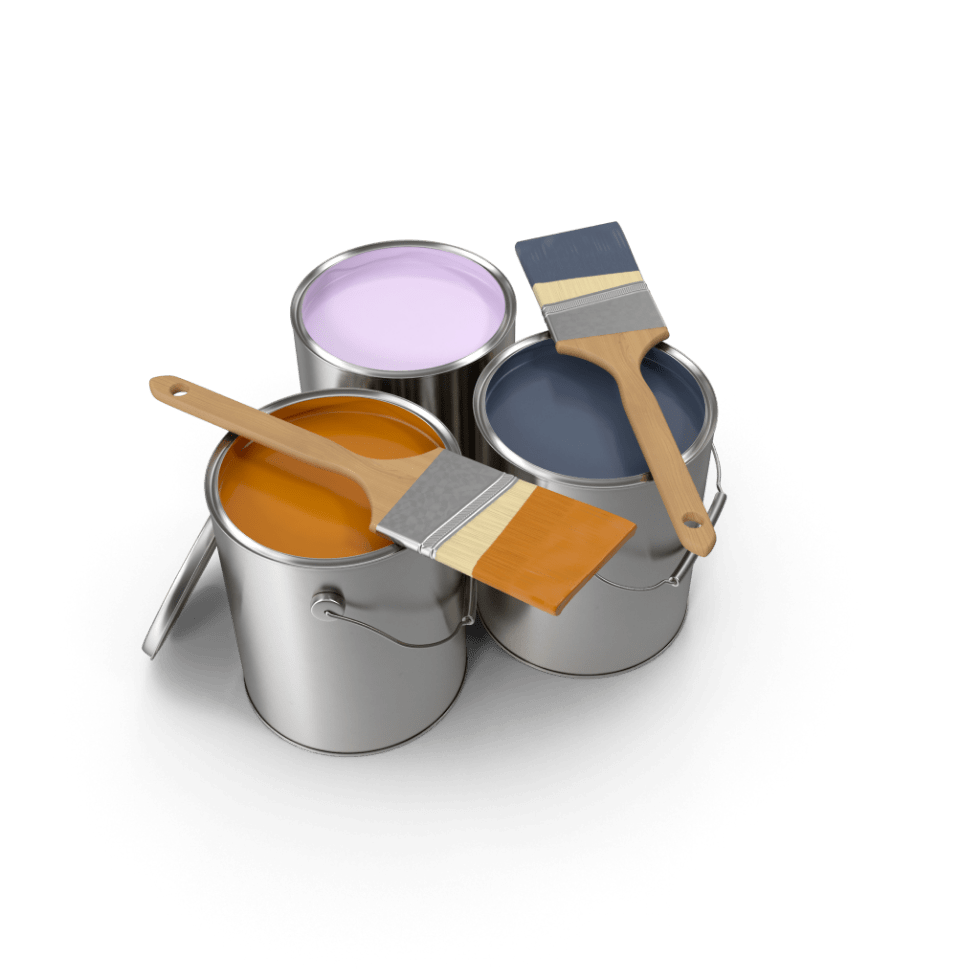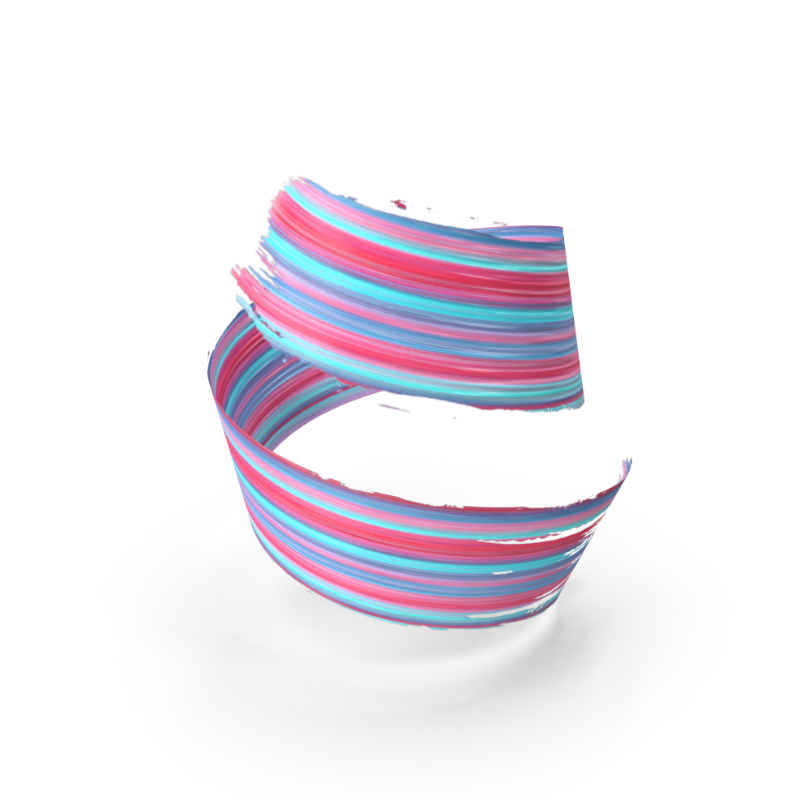Homepage » Dyeshop Production Management
In a sectoral sense, the dyehouses have a structure where even the slightest mistake can cause very significant losses with its complexity, sensitivity in deadlines, dyeing processes that need to go in parallel with the processes, and a wide range of products and colors. Every Paint Shop inevitably uses computer aided systems. However, these systems have many advantages as well as many institutional disadvantages.

CPM ERP, created by considering the deficiencies and needs of paint shops, is the only software you need to provide production and corporate integration. It monitors all processes from the entry of a product to the exit of the company, performs process and cost analysis, and ensures the company’s corporate accounting.

It is the process that starts with the planning and recording of the orders received from the customer into the system. At the same time, it is possible to analyze the entire system in accordance with the information entered in the order. It is supported by the “Order Analysis” award, which can give the fastest answer to the question “Where is my product and at what stage?”.
Approval mechanisms are available according to the company’s preference.
According to the fabric quality and desired colors of the orders entered, the capacity occupancy rates in the machine park are also seen, and laning is made. In order to save on production, in some cases, orders containing the same quality fabric can be combined before dyeing and all pre-dyeing operations can be performed. This is called PRE-ACTION planning. The pre-treated fabrics are separated from each other again during the dyeing phase and dyed with ACCOMPANYING CARDS alone. With the accompanying card, the whole process is carried out up to the shipment point. With the accompanying analysis, the question of “Where is my product and at what stage” is answered in the fastest way possible on a batch basis as well as in the order.
(Normally, these transactions are done by telephone between departments.)
Sample tracking is not performed in many programs used in the industry. With this system, we carry out the sample production process, which starts with the sample study request, from order to shipment, just like normal production. You can instantly monitor the process of each sample from order to shipment. You can analyze how much dye-chemicals are used for each operation, up to their costs. Sampler Production connections are made automatically by the program, without the need for users to do everything all over again for the incoming mass production orders for the sampled products. In this way, analyzes such as how much of the sample fabrics are converted into orders after customer approval can be followed.
Dye and chemical prescriptions are prepared based on the created work orders (Accompanying Cards). Recipes can be prepared from templates, as well as RPT for the same fabric or the same customer. RPT Recipe saves users a lot of time. In order for the listed recipe to be active, it is sufficient to just select it.
When the prescriptions related to the work order are prepared, the dye-chemical demand is automatically reduced to the dye-chemical warehouse. Raw materials are weighed with the scales used in the warehouse (Optional) and the system is controlled. After the weighing processes are completed, the dyes and chemicals related to the closing of the demand are transferred from the raw material warehouse to the production warehouse. Thus, after each closed demand, dyes and chemicals are dropped from the raw material warehouse. When the request is closed, it provides dye and chemical information to the dyeing operation in the work orders (Accompanying Card). When the dyeing operation is completed, consumption occurs automatically. As a result, both the raw material warehouse and the production warehouse, how much lace and chemicals, how much was used and how much was consumed, can be followed instantly, together with their costs.
Paint chemical costs can be calculated instantaneously according to the given criteria, if requested on a prescription basis. Dye chemical costs can be deducted on a company basis, less on product, and on fabric basis. It can also be tracked in currencies other than daily rates.
Our product works integrated with the systems of Odesi and Eliar companies in dye and chemical usage. Recipe-based dye and chemical interests are sent to the automation system and are consumed instantly after dosing is finished.
With our dynamic screens, the program can be followed and revisions can be made on the large screen TVs to be placed in the enterprise. Operational processes that we call Start/Finish and the entire process of production can be performed through these screens. At the same time, the graphics and capacity status of the machines or processes can be monitored according to the occupancy rates.
By looking at the work orders registered in the system, the operations related to the work orders and all the raw materials used, forecasting or actual costs can be calculated very quickly and easily. Since the preliminary costs per MT or KG can be calculated, price lists can be prepared for customers in the most accurate and fastest way.
Sales transactions and accounting integrations for all materials other than fabric can be followed on the system.
Since paint and chemical laboratories carry out intense color studies, there may be difficulties in tracking the dyes and chemicals used here. More than one shot (work) is made for a color. For each work done, dye and chemical can be defined and a sample is sent to the customer on the output of the request. Color number is given according to customer’s approval. In this way, the working performance of the laboratory is revealed by obtaining analyzes such as how much dye, chemical and time is spent, which colors are studied more intensely, how much of the colors studied are approved.
Again, many software cannot have color chart transactions tracked on the system. In our system, on the other hand, the color chart is used both as a department and as a warehouse. Regardless of where the fabric is in the business, if the color chart is to be made, the color chart is first transferred to the warehouse. If the color chart is to be exited from the warehouse, it is first shipped to the shipping department and then to the customer. Thus, it is possible to instantly monitor how much fabric is in the warehouse for the color chart section. With our Shelf Eye Tracking System, it is easy to reach the information of which color chart is where.
The location information of the fabrics can be found quickly and easily with the Rack / Eye Tracking System in Raw Fabric Warehouse, Color Chart Warehouse, and Finished Fabric Warehouses. If there is stacking with the pallet system in large warehouses, it can be easily tracked by giving the pallet number in our program.
Quality Processes are divided into 3 parts;
In accordance with the company’s business processes, it is possible to monitor the operation on the system with the start and end parameters determined for all operation processes on the machine heads or in the field or common areas on the accompanying cards (Work Order). Different parameters can be defined for each operation. It is not possible to proceed to the next operation without defining an operation. At every stage of the work order, processes such as Re-process, replacement, return) can be followed. The number of times a work order has been repaired can be followed instantly on the system. Quality control processes cannot be performed before the operation process is completed. With the data collected from the field, all process analyzes can be reported instantly through the system.
Based on the orders entered, it is ensured that the shipment plan of the fabrics connected to the relevant company is made. Two types of plans can be made here:
With the stock-to-sale management, a dispatch plan can be made from the ready-made fabric warehouse based on a specific order. In addition, bulk shipments can be made for 2nd quality products.
The shipping department can make bulk shipments either by scanning the barcodes on the balls or on a batch basis. In the shipment process, firstly, the fabrics are taken from the finished warehouse to a virtual intermediate warehouse with the loading waste. Thus, the product is instantly deducted from the warehouse stock. It is no longer important for the finished warehouse when the fabrics will go. When the fabrics are to be shipped, the waybill is cut by making a connection with the sales waybill. Since it depends on the order, the shipped fabrics are deducted from the order quantity and the order status is updated.
All business processes are accounted instantly thanks to CPM ERP online accounting integration.


